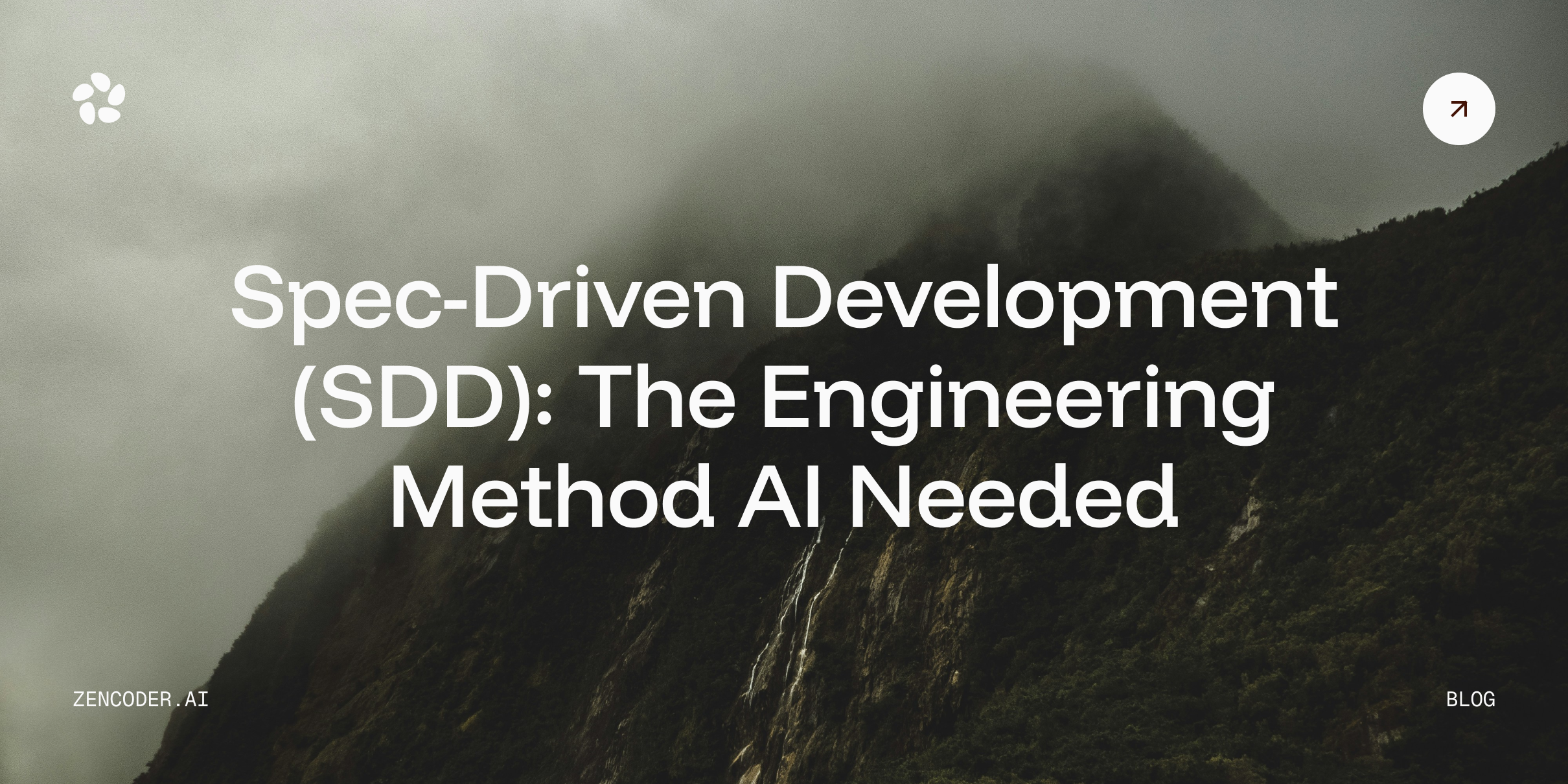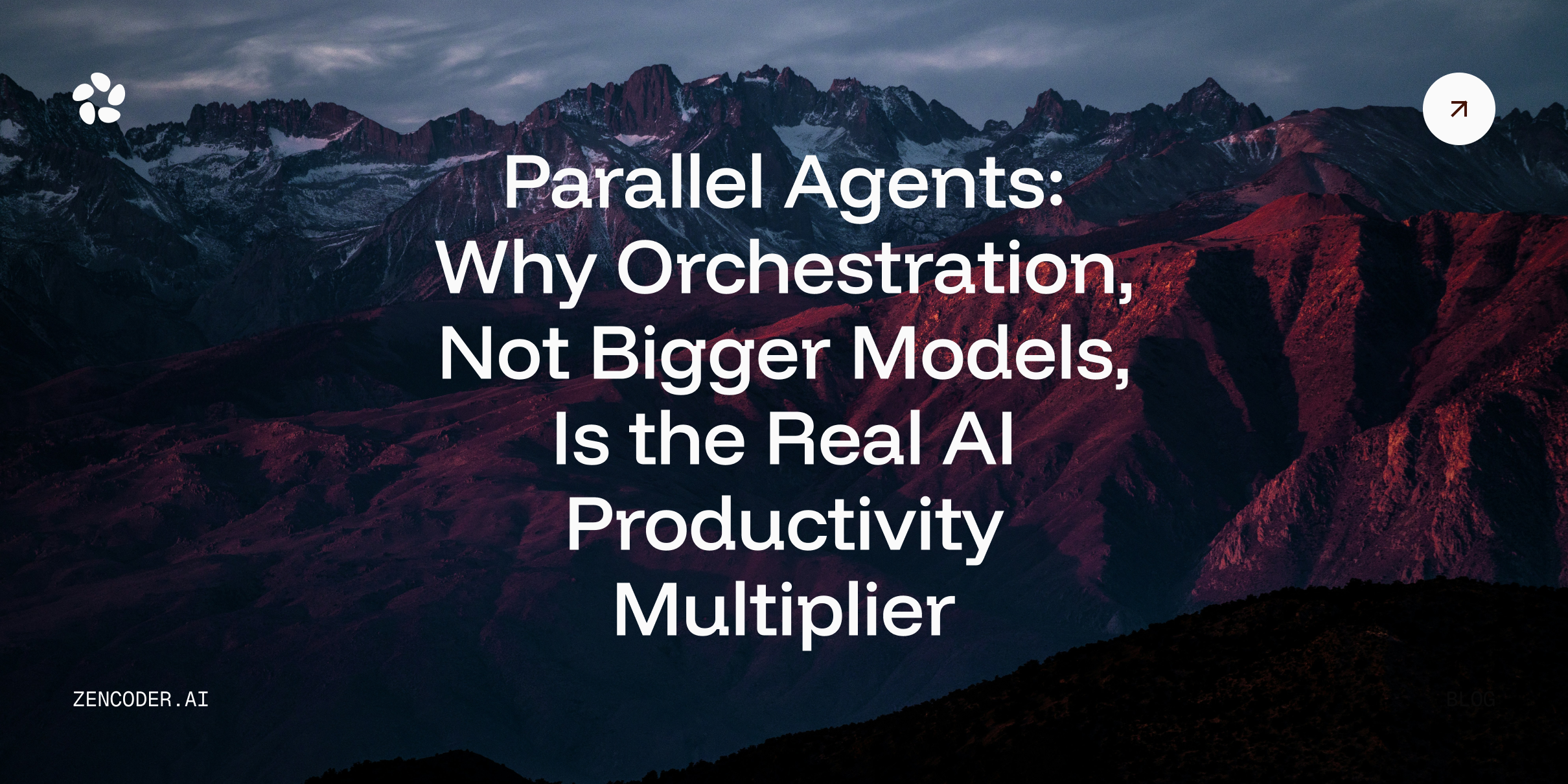Introduction
In the domain of software development, clear and well-maintained documentation is pivotal for sustainable and scalable code. Yet, many developers find the process of documenting code through comments and docstrings time-consuming and often overlook it. This challenge presents an opportunity for artificial intelligence (AI) to significantly streamline and improve the process. This blog post delves into how AI can be utilized to automate the generation of docstrings and comments, thus enhancing code quality and developer productivity.
Understanding Docstrings and Comments
Before exploring the potential of AI in this field, it’s crucial to understand what docstrings and comments are:
- Docstrings: These are block comments that describe what a function, class, or module does. They are critical for anyone who interacts with the code at a later stage, providing a high-level overview and explaining the purpose and usage of components of the code.
- Comments: Comments are meant to clarify complex parts of the code, explain the thinking behind certain decisions, or outline what specific blocks are meant to achieve. They are indispensable for maintaining code, particularly in collaborative environments where multiple developers work on the same project.
The effective use of docstrings and comments is fundamental for the long-term maintenance and health of software projects, making updates, debugging, and collaboration much easier.
The AI Revolution in Documentation
The application of AI, particularly LLMs like GPT (Generative Pre-trained Transformer), in generating docstrings and comments is gaining traction. Here’s how AI is transforming this aspect of software development:
1. Automated Docstring Generation
LLMs can be trained on extensive codebases to recognize patterns and typical descriptions associated with different types of code. By analyzing function signatures (including the function name, parameters, and return types), these models can automatically generate informative docstrings. These docstrings provide accurate descriptions of the function's operations, parameters, return values, and any exceptions they might handle.
2. Enhanced Code Comments
AI's capabilities extend beyond docstrings to generating inline comments for complex code sections. The model can offer insights by suggesting comments that explain intricate algorithms or logical flows, thereby making the code more accessible to future developers who may work on it.
3. Consistency and Quality in Code
AI-generated docstrings and comments help maintain a consistent style and level of detail throughout a project. This uniformity not only makes the codebase easier to understand but also ensures that all parts of the project adhere to the same documentation standards.
4. Developer Education and Support
For new or less experienced developers, understanding complex segments of code can be challenging. AI-generated explanations and docstrings serve as educational tools, facilitating a better understanding of best practices in coding and documentation.
Challenges and Ethical Considerations
Despite the apparent benefits, several challenges and ethical considerations must be addressed when employing AI in this context:
Accuracy: AI may not always correctly interpret the context or intent of the code, leading to inaccurate or misleading documentation.
Dependency: There is a risk that developers might become overly reliant on AI for documentation, potentially neglecting to develop a deep understanding of their own code.
Bias: AI models may inherit biases from their training data, which could manifest in the documentation, potentially leading to skewed or biased descriptions.
Looking Ahead
The integration of AI into the generation of docstrings and comments promises to revolutionize software development by improving both the readability and maintainability of code. The technology not only enhances productivity but also elevates the quality of the codebase. However, as with any technological advancement, human oversight remains crucial to mitigate the risks associated with inaccuracies and biases.
As this technology evolves, it will be interesting to see how AI will continue to reshape our approaches to coding practices. For developers and project managers, incorporating AI into the documentation process could be a significant step forward, particularly in large projects where keeping documentation synchronized with code changes is challenging.
In conclusion, AI-powered docstring and comment generation is a promising development in the field of software engineering. With thoughtful implementation and ongoing refinement, it has the potential to deliver substantial benefits, improving how developers interact with and maintain their code. Balancing AI assistance with human oversight will be essential in harnessing the full potential of this technology to write clearer, more maintainable, and better-documented code.




